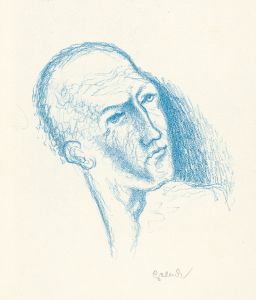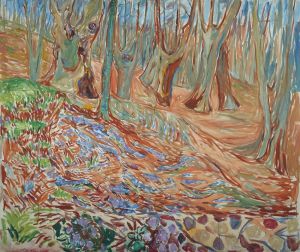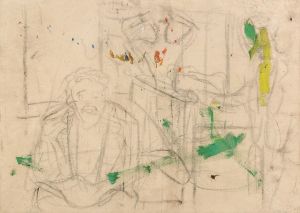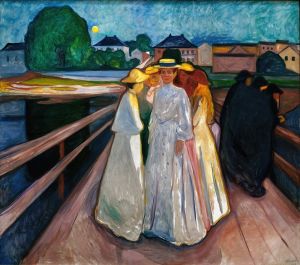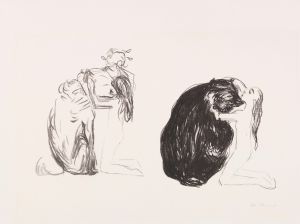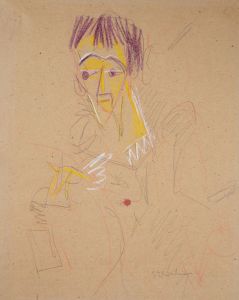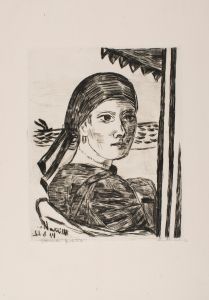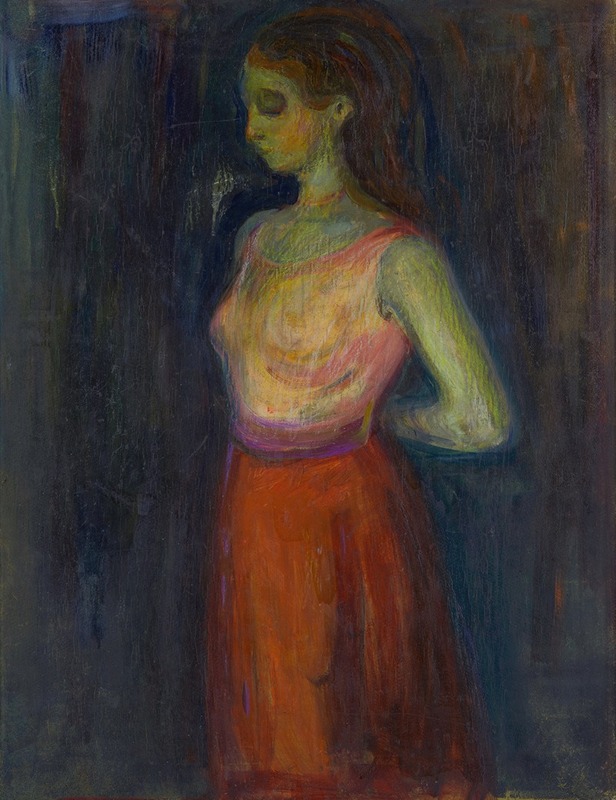
Study of a Model
A hand-painted replica of Edvard Munch’s masterpiece Study of a Model, meticulously crafted by professional artists to capture the true essence of the original. Each piece is created with museum-quality canvas and rare mineral pigments, carefully painted by experienced artists with delicate brushstrokes and rich, layered colors to perfectly recreate the texture of the original artwork. Unlike machine-printed reproductions, this hand-painted version brings the painting to life, infused with the artist’s emotions and skill in every stroke. Whether for personal collection or home decoration, it instantly elevates the artistic atmosphere of any space.
Edvard Munch, a Norwegian painter and printmaker, is renowned for his evocative and emotional works that often explore themes of existentialism and human psychology. One of his lesser-known works, "Study of a Model," exemplifies his unique approach to capturing the human form and psyche. While this specific piece does not enjoy the same level of fame as "The Scream" or "The Madonna," it remains an important part of Munch's oeuvre, reflecting his continuous exploration of human emotion and form.
"Study of a Model" is a testament to Munch's interest in the human figure, a subject he revisited throughout his career. The painting is characterized by Munch's distinctive style, which often includes bold colors, dramatic compositions, and expressive brushwork. These elements combine to convey the emotional intensity and psychological depth that are hallmarks of Munch's work.
Munch's approach to the human figure was heavily influenced by his personal experiences and the broader cultural movements of his time. Born in 1863, Munch lived through a period of significant social and artistic change. The late 19th and early 20th centuries saw the rise of Symbolism and Expressionism, movements that sought to represent subjective emotions and ideas rather than objective reality. Munch's work is often associated with these movements, as he sought to express the inner turmoil and existential angst that he experienced personally and observed in the world around him.
In "Study of a Model," Munch's use of color and form is particularly noteworthy. He often employed a palette of vivid, sometimes jarring colors to evoke emotional responses from the viewer. His brushwork is typically loose and expressive, allowing the paint to convey a sense of movement and energy. This approach can be seen in "Study of a Model," where the figure is rendered with a sense of immediacy and vitality.
Munch's interest in the human form was not purely aesthetic; it was also deeply psychological. He was fascinated by the complexities of human emotion and the ways in which these emotions could be expressed through the body. This interest is evident in "Study of a Model," where the figure's pose and expression suggest a narrative beyond the surface. Munch often used his art to explore themes of love, anxiety, and mortality, and these themes can be discerned in the subtle details of this work.
Throughout his career, Munch produced numerous studies and sketches of models, each one contributing to his understanding of the human condition. These studies were not merely preparatory works; they were integral to his artistic process, allowing him to experiment with form and composition. "Study of a Model" is a reflection of this process, capturing a moment of introspection and exploration.
In summary, "Study of a Model" by Edvard Munch is a compelling example of the artist's engagement with the human figure and his exploration of emotional and psychological themes. Through his distinctive style and approach, Munch invites viewers to consider the complexities of the human experience, making this work a valuable part of his artistic legacy.






